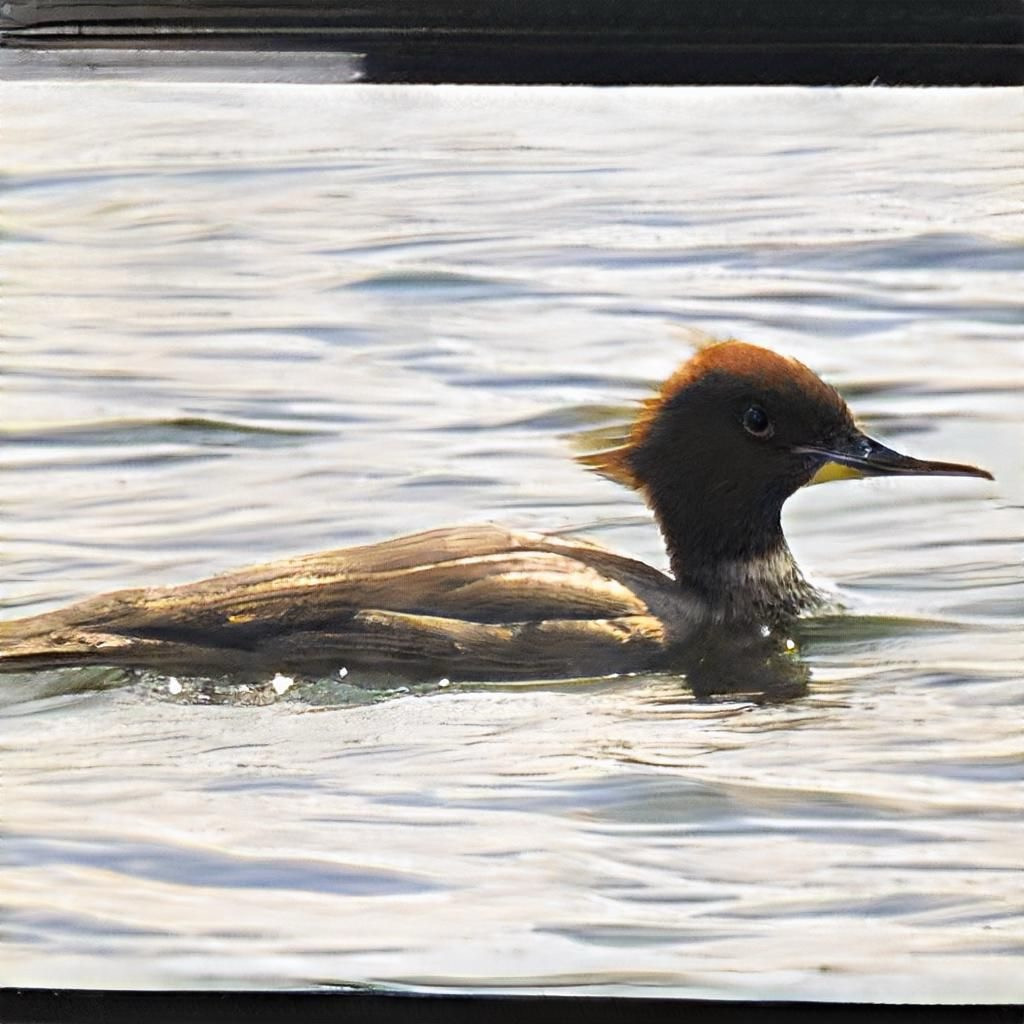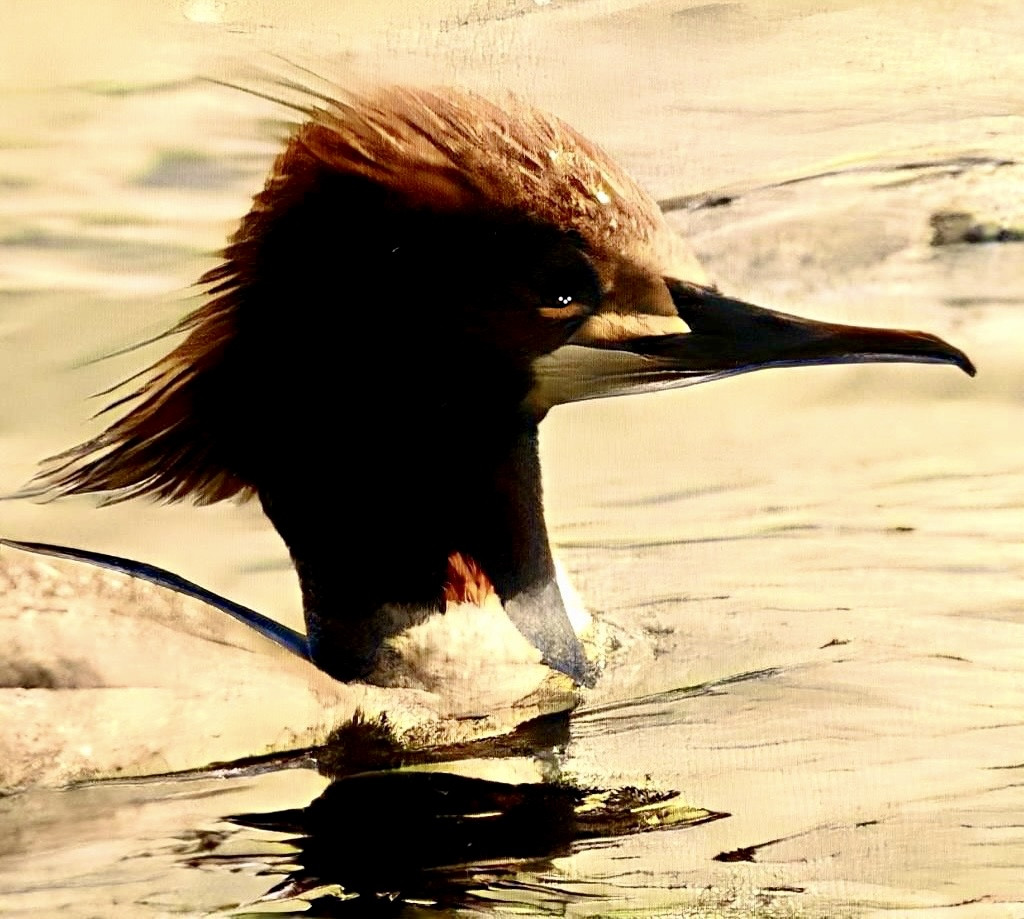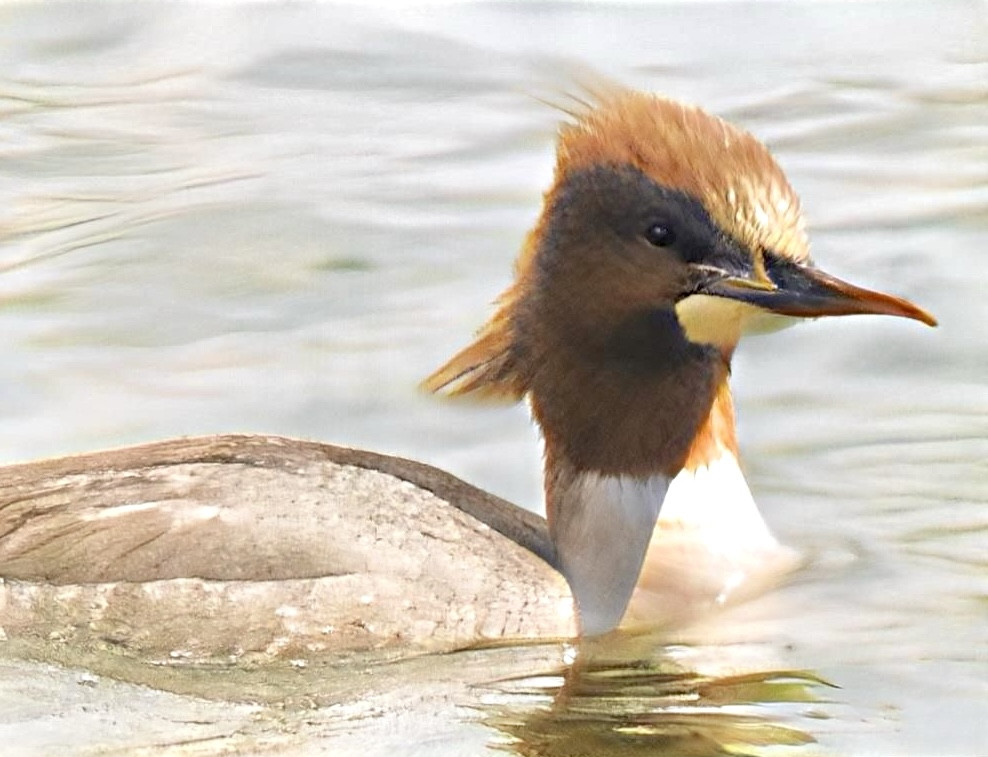Descrizione
The deep waters around Lake Vättern are ice-free most years. This makes it an excellent wintering area for birds. The lake holds large wintering populations of gulls like Gavina, Gabbiano reale nordico and Mugnaiaccio. This is also one of the best places for the rare Gabbiano glauco, although it is not seen most years. Most gulls winter around Motala. The area also holds wintering waterfowl. Most commonly: Smergo maggiore, Cigno reale, Airone cenerino, Cigno selvatico, Moretta and Quattrocchi. Around Vadstenaviken large amounts (many hundreds) of Germano reale winter. Often with other rarer (wintering) dabbling ducks in the mix. The lake also holds wintering populations of Cormorano, Smergo minore, Pesciaiola (visitors from Boren) Svasso maggiore, Tuffetto, and during mild winters: Svasso cornuto, Orco marino, Strolaga mezzana and Moretta codona. The large fields around Vadstena and Norrsten hold wintering geese, Fanello nordico and Zigolo delle nevi. Many birds of prey also winter. Most common are Sparviere, and Aquila di mare.
During the last weeks of Febuari the first spring birds arrive. Storno, Allodola, Fringuello, and Pavoncella are usually the first to arrive. Some of the previously mentioned birds might start to winter if the winters continue to be mild. Many geese like Oca facciabianca, Oca selvatica, Oca granaiola della taiga, Oca lombardella Oca granaiola della tundra and Oca canadese are often seen. Most geese congregate around Tycklingen and Norrsten. Sometimes Oca zamperosee is also found.
During March most of the geese increase in number. More birds of prey arrive: Poiana calzata, Gheppio, Falco pellegrino, and Nibbio reale. In Vadstenaviken large amounts of dabbling ducks often rest. Volpoca (Regular), Gabbiano comune, Beccaccia di mare, and Beccaccino also arrive during this period. From this period onwards Airone bianco maggiore is sometimes seen.
During April other wader along with Fanello and Pispola arrive. During April-May large amounts of passerine birds, wader, gulls, and terns use the lake as a landmark for migration. It starts in the middle of April with thousands of Fringuello and Peppola, continuing with thousands of Chiurlo maggiore, with smaller amounts of other waders like Chiurlo piccolo, Pittima minore, Combattente and Pettegola. Also large amounts of gulls like Gabbiano comune and Gavina. In early May hundreds of terns (Sterna comune, Sterna codalunga) pass. Along with rarer birds like Mignattino comune, Gabbiano tridattilo (quite rare) and Gabbianello.
During the summer many species of night-active birds can be heard like Forapaglie macchiettato, Usignolo maggiore, Re di quaglie, Cannareccione (vadstena reningsverk), Quaglia and sometimes Locustella fluviatile. Many other warblers can be found during this period. In the cities of Motala and Vadstena city birds like Tortora dal collare, Verdone, Codirosso spazzacamino (missing most winters), Peppola, Piccione selvatico, and Capinera can be found year round.
Dettagli
Accesso
Parking can be done at ample places. Some of them are: Tycklingen, Motala, Råssnäsudden, and Vadstena castle. Click on a P in the map to get directions to that area.
Terreno e habitat
Foresta , Zona umida , Alberi e cespugli sparsi , Prateria/pascolo , Valle , Pianura , Altopiano , Lago , Spiaggia , Velme , Terreni coltivati , Canneti , Fiume , Città/paeseCaratteristiche dell’area
Terreno piano , Collinoso , Sabbioso , Paludoso , Paesaggio apertoPercorso ad anello
SiÈ utile un cannocchiale?
Può essere utileBuona stagione per il BW
Tutto l'annoMiglior periodo per visitare
InvernoPercorso
Strada asfaltataGrado di difficoltà del percorso a piedi
Difficoltà mediaModalità di accesso
A piedi , Bicicletta , MacchinaCapanno/torretta di osservazione
NoInformazioni aggiuntive
Be respectful of the birds. Especially during breeding season.






